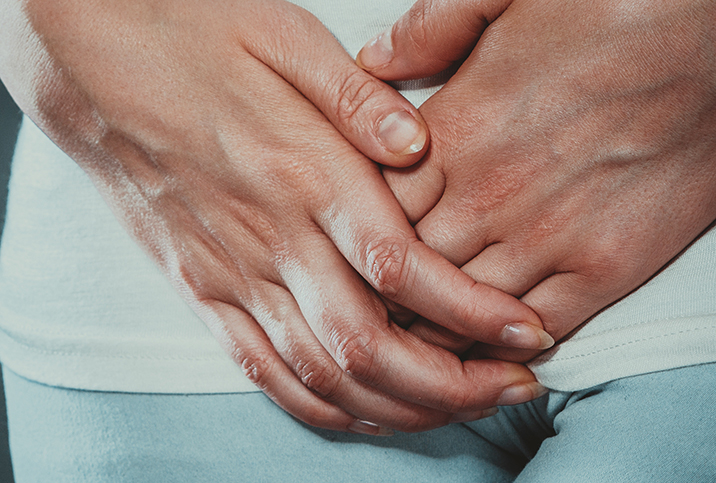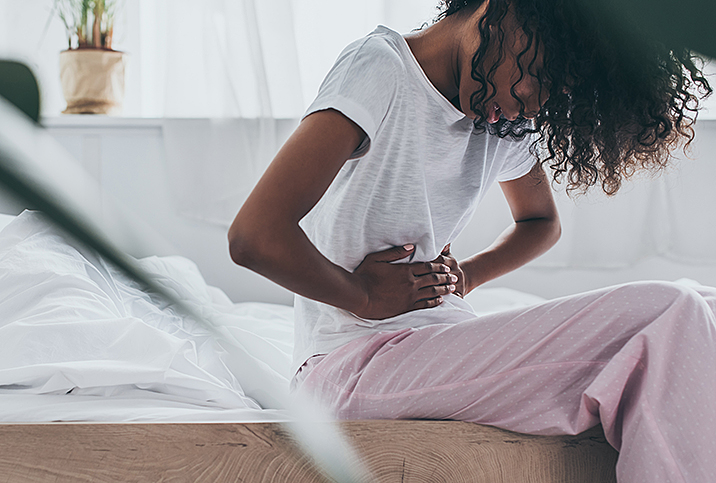Understanding Vulvodynia

Vulvodynia is a medical condition that causes severe pain and/or discomfort in the outside of the vagina, also called the vulva. This condition can last for three months or longer if it’s not treated. Some of the indicators of vulvodynia include itching, irritation and a burning sensation around the infected area.
Patients experience pain in different parts of the vagina. For some, the pain is concentrated in a specific part of the vulva such as the clitoris or the vestibule. Some patients also experience irregular pain, while for others, the symptoms are constant. Some find it difficult to perform daily activities such as engaging in sexual intercourse, wearing pants or undergarments or even inserting a tampon.
Types of vulvodynia
There are two types of vulvodynia: generalized vulvodynia and vestibulodynia. Generalized vulvodynia is characterized by general pain around the vulvar region that’s not provoked by anything. Patients who are suffering from vestibulodynia, however, experience pain when the affected vulvar region is touched or pressure is applied that makes it difficult to insert a tampon or engage in sexual intimacy.
According to the National Vulvodynia Association, 16 percent of all women in the U.S. will experience vulvar pain in their lives. There is a lack of understanding of the condition and many women end up being misdiagnosed. According to a study by Harvard University researchers and funded by the National Institutes for Health (NIH), 30 percent of women who have suffered from the condition had to consult five or more doctors before receiving the correct diagnosis.
Vulvodynia can affect women in any age group, but it’s especially common in those between the ages of 18 and 25.
Causes and risks factors
Vulvodynia differs from other vaginal diseases because it cannot be linked to a single cause, such as sexual transmission. The diagnosis is based on the symptoms of the patient being treated.
Possible causes of vulvodynia include damage to pelvic nerves or irritation, weakening of the pelvic muscles, infection or injury of the vulva, inflammation and yeast infections.
Impact of vulvodynia
Vulvodynia impacts women immensely and can reduce their enjoyment of life due to the intense pain experienced during normal activities, including sexual intimacy and even just sitting down.
An NIH-funded study of women with vulvodynia conducted by Rutgers Robert Wood Johnson Medical School showed that 75 percent of women surveyed felt they weren’t in control of their bodies and 59 percent said the condition interfered with their enjoyment of life.
Vulvodynia can also put a strain on relationships. 58 percent of all women living with the condition cannot engage in sexual intercourse because of the intense pain, which can, in turn, affect their feelings of self-worth and attractiveness.
How vulvodynia is diagnosed
The only way a doctor can know if a patient is suffering from vulvodynia is if other conditions such as infection and neurological issues are ruled out. Common symptoms of vulvodynia include a burning sensation, intense pain, throbbing, itching and soreness.
Your doctor will ask you questions about your medical history, how long you’ve been suffering and treatments, if any, you’ve tried already. After that, they will conduct a thorough pelvic exam and may also order tests on a sample of vaginal discharge to help determine a diagnosis.
Treatment methods
Many treatment options focus on alleviating the pain and discomfort brought on by the condition. Your doctor may also decide to combine two or more treatment methods for the best results. Some of these include oral medications, physical therapy, ointments, counseling and diet change.
Because there is no known cause for the condition, vulvodynia is difficult to treat. Doctors strive to manage the pain and restore your quality of life. Treatment is often on a trial and error basis as your doctor observes how your body reacts to various methods of treatment. Some of the treatment methods they may try to include basic vulvar care and medication.
Basic vulvar care
These practices not only help treat vulvodynia but other vaginal conditions as well and include wearing 100 percent cotton underwear and loose-fitting clothes, using neutral bath products and applying water-based lubricants during sex.
Medication
Your doctor may recommend the use of either topical or oral medication. Anesthetic ointments are effective in providing quick but temporary pain relief. Topical estrogen may be administered to women who have reached menopause to increase estrogen levels and reduce pain.
If vulvodynia is left untreated, it can lead to reduced self-esteem, increased anxiety and depression, so it is important to discuss this condition with your doctor if you think it may be affecting you.


















